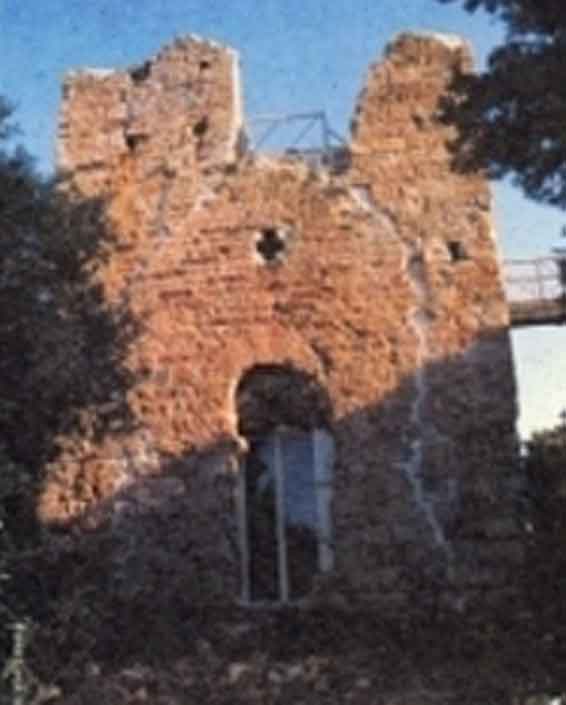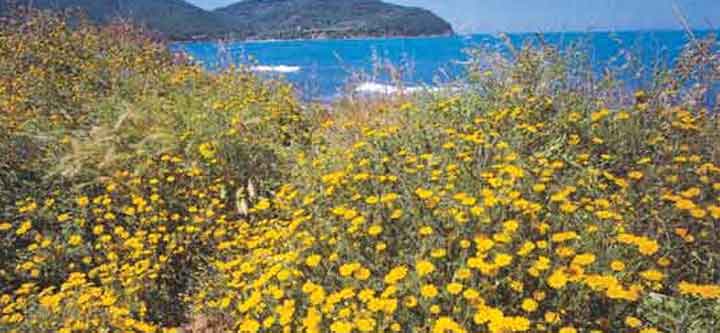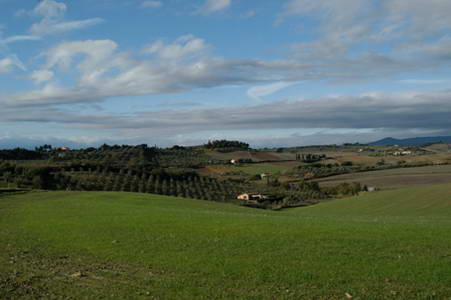NATURAL PARK IN MAREMMA

- From the centre of Follonica take the road of the cemetery, continuing until they cross the path of the old Aurelia to take on a road semiasfaltata. After approximately 1 km, is th

- Rimigliano park stretches from San Vincenzo to Baratti gulf. It is a long strip of land between the sea and the street Via della Principessa. Founded in 1973, it has a vegetation o
- This reserve has an area of about 92 hectares, and is run by the WWF, but only in part is the same. The oasis was established in 1991 as principal objective the "Little oasis", nam

- Baratti and Populonia are important archaeological sites. Populonia or Fufluna, (the ancient Etruscan name of Populonia), is one of the richest archaeological sites. It is divided
If the visitor wants to get up at Campiglia Marittima can go through the woods of the park and continue to Via delle Fonti , which takes its name from the ruins of the ancient aqueducts and sources that were used by the country." src="https://foto.borghitoscani.com/parcos.silvestro.jpg">
- Park archeominerario S. Sylvester, covers an area of approximately 450 hectares , which are immersed in an enchanting natural landscape still untouched . The paths in the park sh
- Thanks to Mario Recorded of the Rocchetta, put into effect it them owner of the estate of S. Guido, 513 hectares in the zone of Castagneto Carducci are today oasis protect from the

- The park is composed from 1600 hectares of greens Mediterranean forests that come down until the sea through evocative paths. The park is composed from 1600 hectares
- Crossing the woods of the park is still possible to discover ancient aqueducts, hermitages hidden in the thick vegetation and a wide variety of wild animals. The park included in
- This park has been called by many an authentic treasure of Val di Cornia. The reserve has been saved by a selective logging and construction abusivismo crowds of the 70s. The envir





